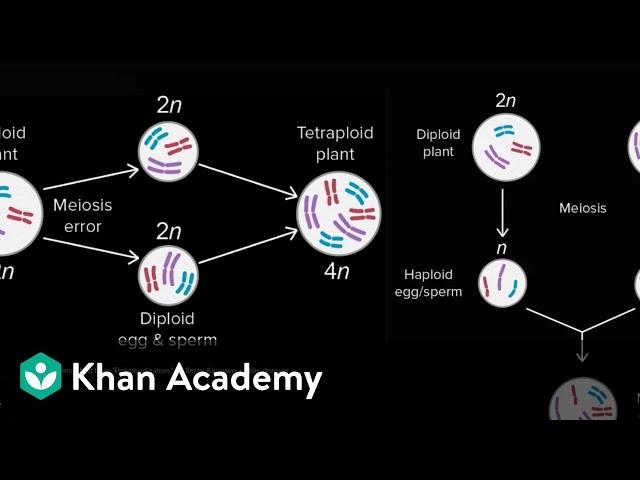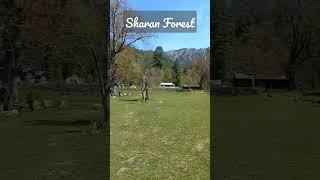
Allopatric and sympatric speciation | Biology | Khan Academy
Комментарии:

great video
Ответить
I don't get how these two examples of speciation fit into the larger basic phenomenon of speciation
Ответить
Thanks
Ответить
Wonderful lecture 😀
Ответить
Thanks for the help, I have an exam tomorrow. lol
Ответить
bs mjaa aa giyo... 🙏 🙏 🙏 🙏
Ответить
yes i saw the video!!
Ответить
Is it possible that a human subgroup that consistently vegan or meat eater for thousands of years would eventually form a new species? If yes, how long would it take the speciation to occur?
Ответить
You should have taken the example of the wheat to explain this. More over you should explain endoreduplication to show how the allopolyploid species arise.
Ответить
i have to say i am disappointed that you didn't mention anything about how a tetraploid becomes a hexaploid.
Ответить
I was wondering do you really need a tetraploid to create a triploid or can it be just one plant with an error mixing with a haploid that can make a triploid
Ответить
The explanation of the squirrels is not correct. They separated only about 10,000 years ago and the Grand Canyon (which started about six millions years ago) was already an insurmountable barrier by then. It is not like it suddenly appeared in the past few thousand years. More likely is that the original single population lived elsewhere upstream where it was possible to cross the river. The population moved southwards and now the canyon was a barrier that stopped gene flow and led to speciation. The Grand Canyon is a barrier, but the forming of the canyon is NOT what separated this population of squirrels.
Ответить
U r really good man..I like ur xplaination n writing technique
Ответить
Why is not a simple gene expression? Why is it evolution? If you can interbread the species it means that you are interbreading variations of the same species.
You can still try to create new variations of dogs... It will still be dogs and not directional selection that is evolution in one direction. As we learn in school.
Does this have any epigene involved in this?

You don't actually explain how speciation happens....
Ответить
It's amazing how well you write with mouse
Ответить
thanks budy !
Ответить
Turkish subtitles?
Ответить
Great video. Good explanation
Ответить
Good explanation. Thanx.
Ответить
Can any one tell me the difference between reproductive isolation in sympatric speciation and allopatric speciation?
Ответить
so you wanna tell me that plants reproduce using sperm and egg cells😂
Ответить
thank you, this was very helpful!
Ответить
Shrkomalumae

+Khan Academy So how do some modern peoples' genomes contain up to 3% Neanderthal DNA? Wouldn't that have to mean that at some point a Homo sapiens and a Neanderthal would have mated to produce a fertile offspring, which was then able to further mate with other H. sapiens? If so, doesn't that question the interbreeding definition of 'species'?
Ответить
Did the previous "evidence for evolution" get taken down?
Ответить
In terms of the two types of squirrels, could the difference in geography from the two sides of the canyon really be sufficient in diversifying the two's genes to the point where they were no longer compatible in producing any fertile offspring? The idea seems cloudy to me on this one, on how life on either side of the canyon could be drastically different.
Ответить

























